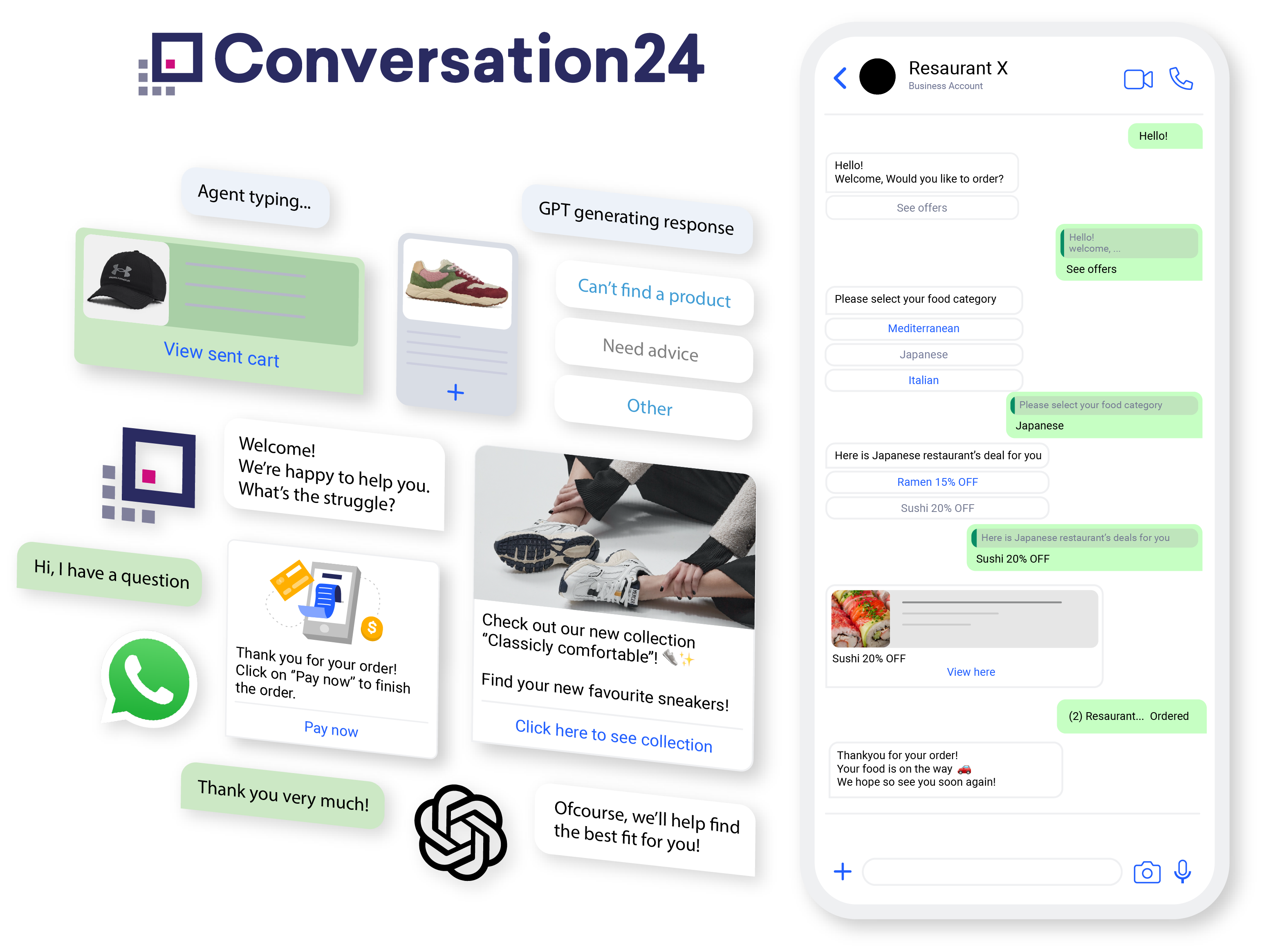The year 2017 was unique. For the first time in history, the money spent on online marketing was higher than TV ads with about 260 billion euros spent. That’s 41% of the market, while TV only gained 35% of it. This trend seems to show that you can achieve a lot with online ads, and that’s partly true. But how is that possible?
A current worldwide trend is that the percentage of people that never used the internet keeps decreasing. While the frequency to which the internet is used keeps increasing. Therefore the potential with online ads is very high and keeps increasing considering the number of data points currently available.
Online Ads Lack of Effectiveness
Going back to the comparison between TV and online ads, a very big advantage of the latter is that it’s much cheaper than TV. A display campaign with 3 million impressions on theguardian.co.uk is now much cheaper than 15 TV commercials at 18.55 during the Premier League.
The number of unique impressions is probably similar, however, the attention to these different ads varies enormously. In general, TV ads get more attention as shown in many research like the one from Innerscope. In addition, usually, the click ratio of display campaigns also shows lower effectiveness than that of online ads.
Doubleclick, the advertising branch of Google, reveal results showing that the current average click-through ratio of online displays is 0.05%. That indicates 5 clicks per 10,000 impressions. This data clearly shows potential in the way we execute our online marketing strategies.
Re-targeting
A way to cope with these shortcomings and increase the effectiveness of online ads is to use re-targeting. Basically, re-targeting allows people to see some ads based on their online behaviour. Now, online behaviour is a very broad topic and it includes everything that the visitor has checked online. In fact, re-targeting allows you to create personalised ads with the goal of increasing the attention of potential customers.
Re-targeting Based on Click Behaviour
A very common re-targeting strategy used to increase the relevance of online ads is based on click-behaviour. Let’s say you checked a car leasing website and you clicked around to check all the different cars available. Then you go on Facebook and immediately see an ad with all the cars you previously checked. What happened is that you’ve been re-targeted. That’s actually an effective way to show people the products or services they’re interested in.
Disadvantages of Click-Based Re-targeting
This strategy has its disadvantages, however. Many people just like to click around when browsing a website, which makes it difficult to identify a real interest. Besides, even when people are on a very specific page, it still doesn’t mean they are actually ready to buy. Maybe your friend told you that Zalando is having a discount on shoes, so you still check the website, but maybe you want to buy a sweater instead.
Since it’s complicated to assess a real interest, it also means that you can’t personalize that much using re-targeting solely based on the click-behaviour.
Re-targeting Based on Written Data: Re-targeting by Text Mining
A much more effective way to enhance display campaigns is by making use of written data. The general nature of click-based re-targeting is replaced by information that the potential client provided you in written form, for example, in a chat conversation. Actually, live chat service providers or companies that actively use live chat gather an enormous amount of information. This is especially true for large companies that handle thousands of chats every day.
Information written in chats is really qualitative and valuable information, simply because they come directly from your clients. This represents a great opportunity for your marketing strategy as you can use them to make your ads more relevant to your customers.
Using re-targeting by text mining is a very effective way to increase the effectiveness of your display campaigns.
What Is Re-Targeting by Text Mining?
Re-targeting by text mining is a new way to show personalized ads to your customers based on what they discussed in chat conversations with you. Written information in chats really gives a good overview of the customers’ needs, as logically they ask questions about what they are actually looking for. For example, if a potential client is looking for Nescafe, they’re not going to ask questions about Nespresso.
All in all, re-targeting by text mining is a good way to make your ads more relevant to the actual needs of your customers.
How Does It Work?
Re-targeting by text mining allows you to choose which keywords you want to analyse. For example, a company that sells office spaces can set keywords like “freelance”, “multinational” or “flexible workspace”. When the keywords are set, the software will recognize them within a chat conversation as soon as they are written by a visitor. All the information related to these topics are then bundled together and used to create highly personalized ads.
This set of keywords makes sure that the visitor is properly re-targeted. And when the visitor will move on to a new website, you can show a banner with the exact information he was previously looking for. Let’s take for example a visitor of a car leasing company website looking for a Mercedes Vito with 40,000 km. Now, when you use re-targeting by text mining the software will extract the keywords “Mercedes Vito 40,000” and label them. This label is then associated with a specific ad that is hyper-targeted to that visitor.
Re-Targeting by Text Mining vs. Click-Based Re-Targeting
The main difference between the two strategies is reliability, but to what extent is re-targeting by text mining more reliable? Well, when searching for a product or service, visitors click around a lot. On the other hand, when visitors engage in a chat conversation they only talk about what is actually interesting for them.
This means that re-targeting by text mining only analyses what’s relevant to that visitor. Therefore, the ads that will derive from it will be relevant to the individual consumer, and that’s a game-changer.
Is It Conform to Privacy Regulations?
A very common question about re-targeting by text mining is its conformity to the recent privacy regulations. The answer is simple: if your visitors accept the cookies, they also accept the marketing use of their digital traces.
It’s the same principle used in click-based re-targeting. When visitors accept cookies, this gives the company permission to display ads based on the click behaviour on the page. With re-targeting by text mining, it’s the same but based on chat conversations.
Of course, visitors can notice if an ad is based on their own conversations. Therefore, we advise stating clearly in the terms and conditions that by accepting cookies, your visitors also agree to this form of advertisement.
Companies can also choose to inform at the beginning of the chat, that this information might be used for marketing purposes. However, this can have a negative impact on the chat as it makes the chat less accessible. Just like click-based re-targeting, being clear about this in terms and conditions is enough.
The Downside: What You Should Pay Attention To
An important downside of re-targeting by text mining is that you can’t use every piece of information mentioned in a chat. To give you an extreme example: if you run a liposuction clinic and a visitor asks you about man boobs removal, you should definitely not use that information in your display campaign. As usual, some good common sense is enough to avoid embarrassing ad campaigns. After all, one of the reasons visitors use live chat is that they are anonymous
If you decide to go for re-targeting by text mining, you should carefully choose keywords that won’t harm your company.
Innovation in the Field of Re-Targeting
In the search for more effective online ads, re-targeting by text mining definitely has the potential to revolutionize the way we advertise. Using detailed information coming directly from your visitors makes it very effective.
The downside is of course that you can’t use every piece of information you receive as it can be very sensitive. In addition, another barrier to take into account is the chat itself. Since you need to have a tool that supports this functionality, you have to make sure you carefully choose your tools. Does it sound too complicated? Or do you see opportunities in the use of re-targeting by text mining? Share your opinion in the comments


